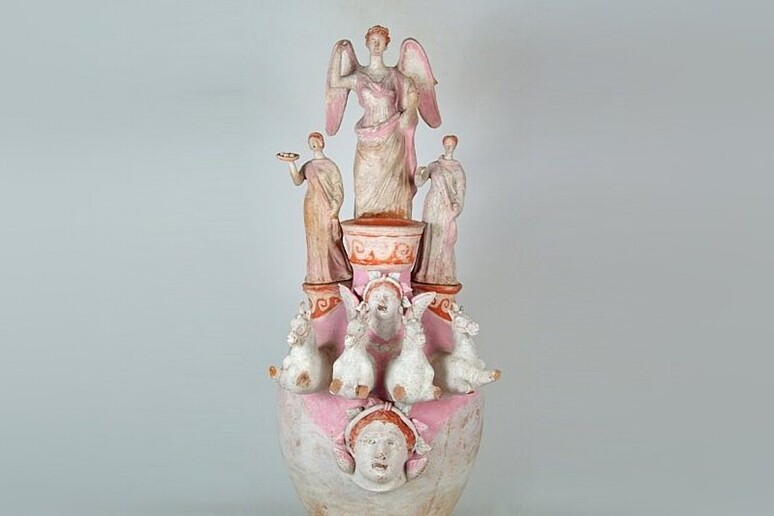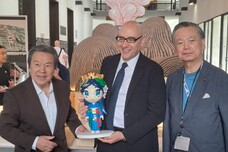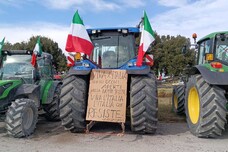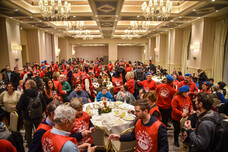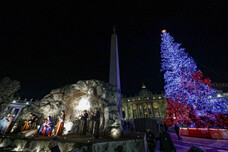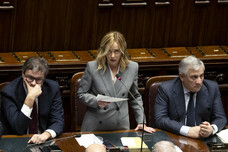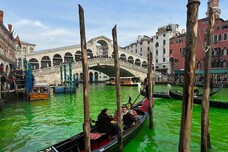The Ambassador of Italy to Mexico, Alessandro Modiano, announced the arrival for the first time on Aztec soil of the exhibition 'Forms and Colours of Pre-Roman Italy', curated by Massimo Osanna, director general of the Museums of the Italian Ministry of Culture.
'We will open the exhibition on 11 July in the Media Luna of the National Museum of Anthropology in the capital,' Modiano told a press conference, 'and it will be one of the important events in the celebrations of the 150th anniversary of diplomatic relations between Italy and Mexico.
Forme e colori brings together artefacts from the museums of Bari and Taranto and especially from the archaeological sites of Canosa. Specialists cannot fail to notice the high value of these pieces, which testify to the mingling of Greek and Italic art in the production of a 'border' people, the Dauni, who settled in northern Apulia in pre-Roman times and engaged - from the 8th century B.C.- in a dense network of commercial and cultural exchanges with the colonies of Campania and Apulia itself. The region subsequently underwent the influences of the Greek and Magna Graecia civilisation from the late 5th and early 4th centuries BC. Even inexperienced visitors can immediately grasp the particularity of objects that partly resemble Greek ones, while retaining typically Italic characteristics.
ALL RIGHTS RESERVED © Copyright ANSA
